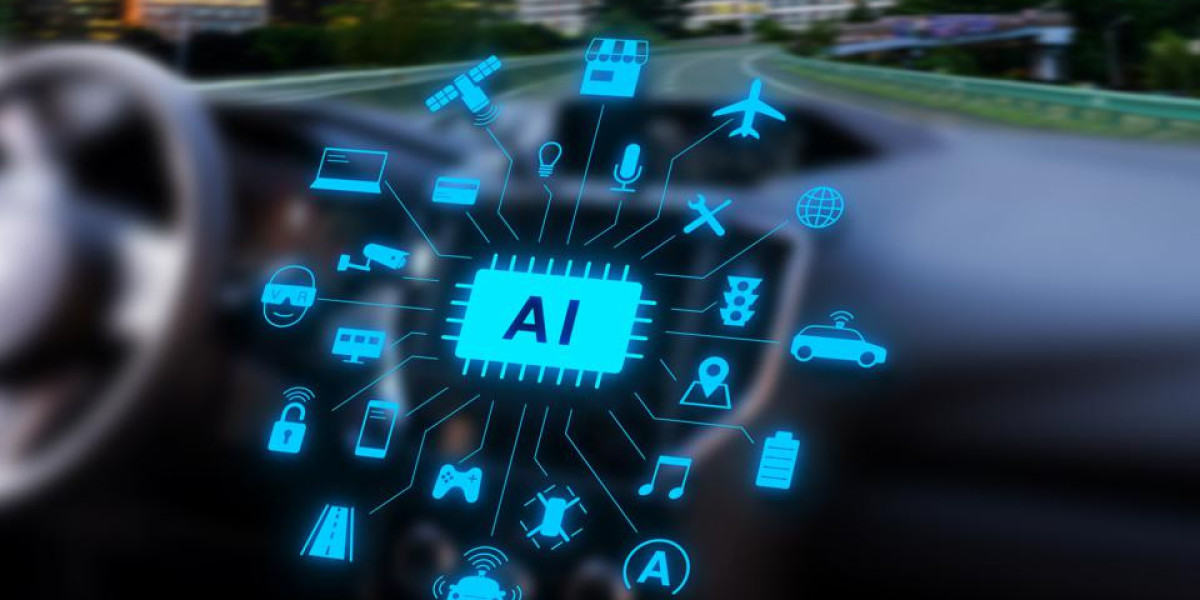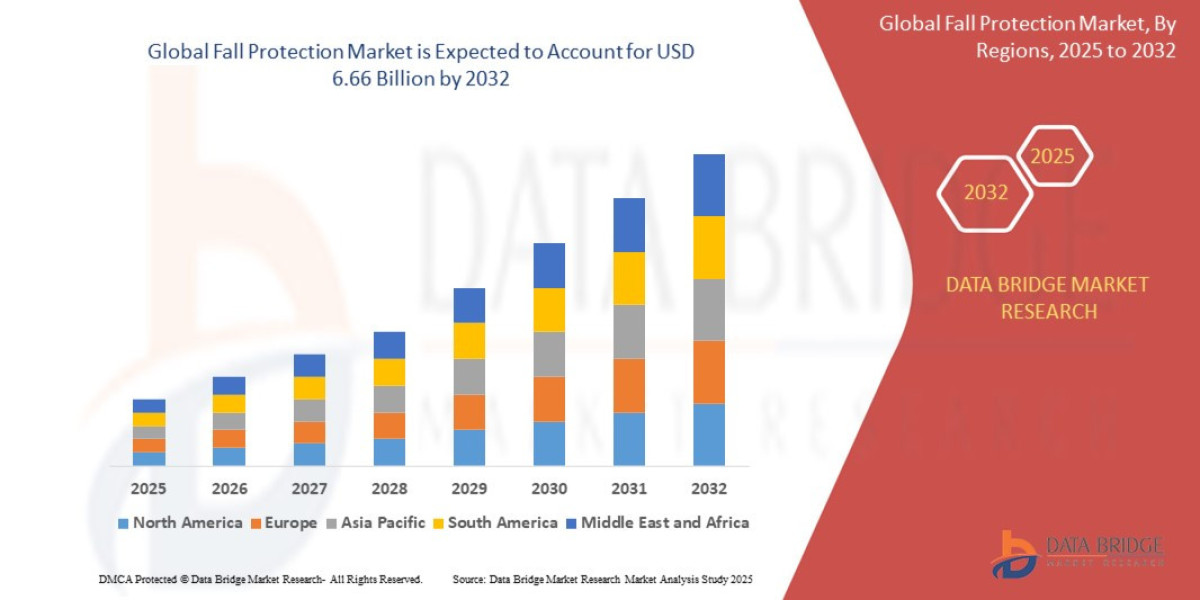V2X refers to the ecosystem where vehicles seamlessly exchange data with other vehicles (V2V), infrastructure (V2I), pedestrians (V2P), and the cloud (V2N) over wireless networks. This real-time connectivity is set to redefine road safety, traffic efficiency, and the user experience, paving the way toward smarter cities and autonomous mobility.
Avenga - Custom Software Development empowers car manufacturers and mobility providers with advanced V2X solutions. Explore their expertise at https://www.avenga.com/connected-cars-and-cloud-services/
What Is V2X Communication?
V2X communication is a comprehensive technology framework allowing vehicles to “talk” not just to each other but to everything in the transportation ecosystem. Utilizing protocols like Dedicated Short-Range Communications (DSRC) or Cellular V2X (C-V2X), V2X enables cars, buses, cyclists, traffic lights, and backend systems to share information on speed, position, road conditions, hazards, and more.
This open flow of data enables informed decisions, reduces reaction times, and supports applications ranging from advanced driver assistance to fully autonomous driving.
Key Opportunities Presented by V2X Communication
Enhanced Road Safety
V2X’s primary promise lies in reducing accidents and fatalities. Real-time alerts can warn drivers of upcoming collisions, unexpected obstacles, or hazardous road conditions well before traditional sensors or the human eye can detect them. For example, if a car makes an emergency brake just ahead, following vehicles receive automatic slowdown notifications, helping prevent pile-ups.
Traffic Optimization and Emissions Reduction
With vehicles and infrastructure sharing data, urban traffic management becomes more efficient. Connected traffic signals, for instance, adapt their cycles dynamically based on real-time flow, reducing congestion and emissions. Regional authorities can issue instant detour instructions or restrict access during emergencies, smoothing traffic even further.
Seamless Autonomous Vehicle Integration
Autonomous and semi-autonomous vehicles rely on accurate, up-to-date situational awareness. V2X acts as a critical layer beyond onboard sensors, extending perception through data from nearby vehicles, road infrastructure, and cloud services. This collective intelligence allows for coordinated maneuvers, smoother lane changes, and cooperative driving scenarios.

Personalized and Predictive Mobility Services
V2X communication powers novel, user-centric services. Drivers and passengers can receive location-based offers, dynamic navigation reroutes, or proactive vehicle maintenance alerts. Mobility as a Service (MaaS) platforms leverage V2X for optimized ride-sharing, public transit coordination, and more responsive fleet management.
Support for Emergency and Priority Vehicles
Emergency responders benefit from real-time priority signaling and route clearance, shaving critical seconds off response times. Connected infrastructure can pause traffic lights or reroute vehicles as ambulances and fire trucks approach.
Core Challenges to Widespread V2X Adoption
Interoperability and Standardization
Connecting millions of vehicles and heterogeneous infrastructure demands universally adopted protocols. Currently, a patchwork of standards—DSRC, C-V2X, and regional variations—hinders seamless integration. Ensuring cross-compatibility across brands, systems, and regions is an ongoing challenge.
Robust Cybersecurity
With every node in the V2X ecosystem serving as a potential entry point, cyber threats are an ever-present concern. Hackers could target signal manipulation, location spoofing, or unauthorized data access—all with serious safety implications. Strong encryption, authentication, and intrusion detection must be built into every layer.
Data Privacy and Governance
Vehicles transmit sensitive data on location, driving behavior, and even passenger identity. Strict compliance with privacy regulations (GDPR, CCPA) is essential. Designing transparent, user-controlled data policies while delivering real-time services is a delicate balance.
High-Fidelity, Low-Latency Connectivity
V2X applications such as collision avoidance require near-instantaneous data transfer. Ensuring ultra-low latency and consistent 5G or edge connectivity poses technical and infrastructural demands, particularly in rural or less-developed geographies.
Deployment Costs and Scalability
Large-scale V2X infrastructure—roadside units, smart lights, sensors—requires substantial investment. Retrofitting legacy roads and coordinating between public, private, and regulatory bodies adds layers of complexity and costs, which can slow widespread rollout.
Evolving Legal and Liability Frameworks
As vehicles gain autonomy and decision-making shifts toward interconnected networks, questions of legal responsibility become more complex. Regulators must define liability, data ownership, and usage rights in cases involving AI-driven or cooperative vehicle actions.
Best Practices for Future-Ready V2X Implementations
Embrace Modular, Scalable Architectures

Opt for cloud-native, modular V2X solutions that can adapt as standards and technologies evolve. This approach ensures longevity and IT investment protection.
Prioritize Interoperability and Open Standards
Favor solutions built on open, widely recognized standards. Participate in industry alliances and consortia to facilitate joint testing, certification, and compatibility.
Implement Security by Design
Security measures must not be an afterthought. Integrate endpoint authentication, end-to-end encryption, and real-time threat monitoring from the outset. Deploy over-the-air update functionality to mitigate emerging vulnerabilities.
Involve Stakeholders Early
Collaboration between automotive OEMs, municipalities, telecoms, insurance, and regulators streamlines deployments and supports holistic, ecosystem-wide innovation.
Plan for Privacy and Trust
Establish clear, user-centric policies on data collection, usage, and retention. Use anonymization techniques, secure data sharing agreements, and proactive regulatory compliance.
How Avenga Accelerates V2X Transformation
Avenga - Custom Software Development is at the vanguard of V2X innovation, offering end-to-end consulting, implementation, and integration services for connected vehicles, cloud platforms, and mobility ecosystems. Their multidisciplinary teams deliver robust, secure, and scalable V2X solutions tailored to OEM and city needs—enabling safer, smarter roads and personalized driving experiences.







